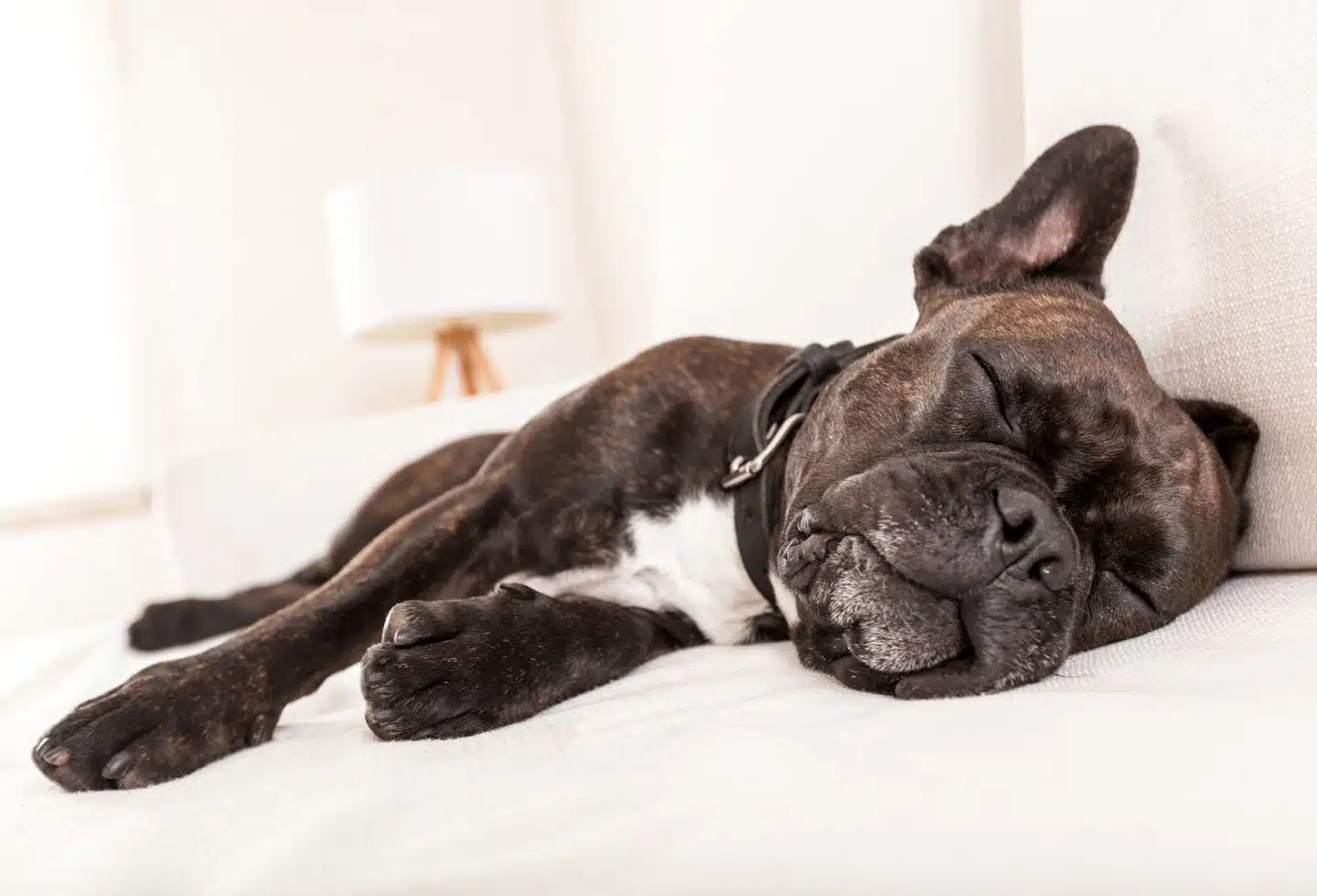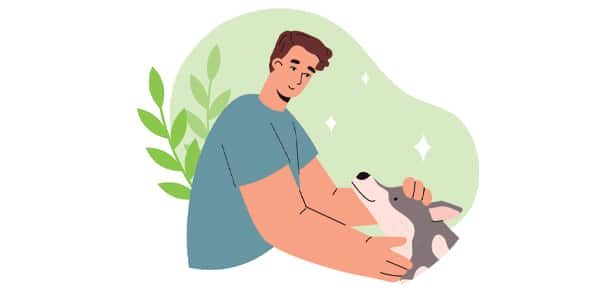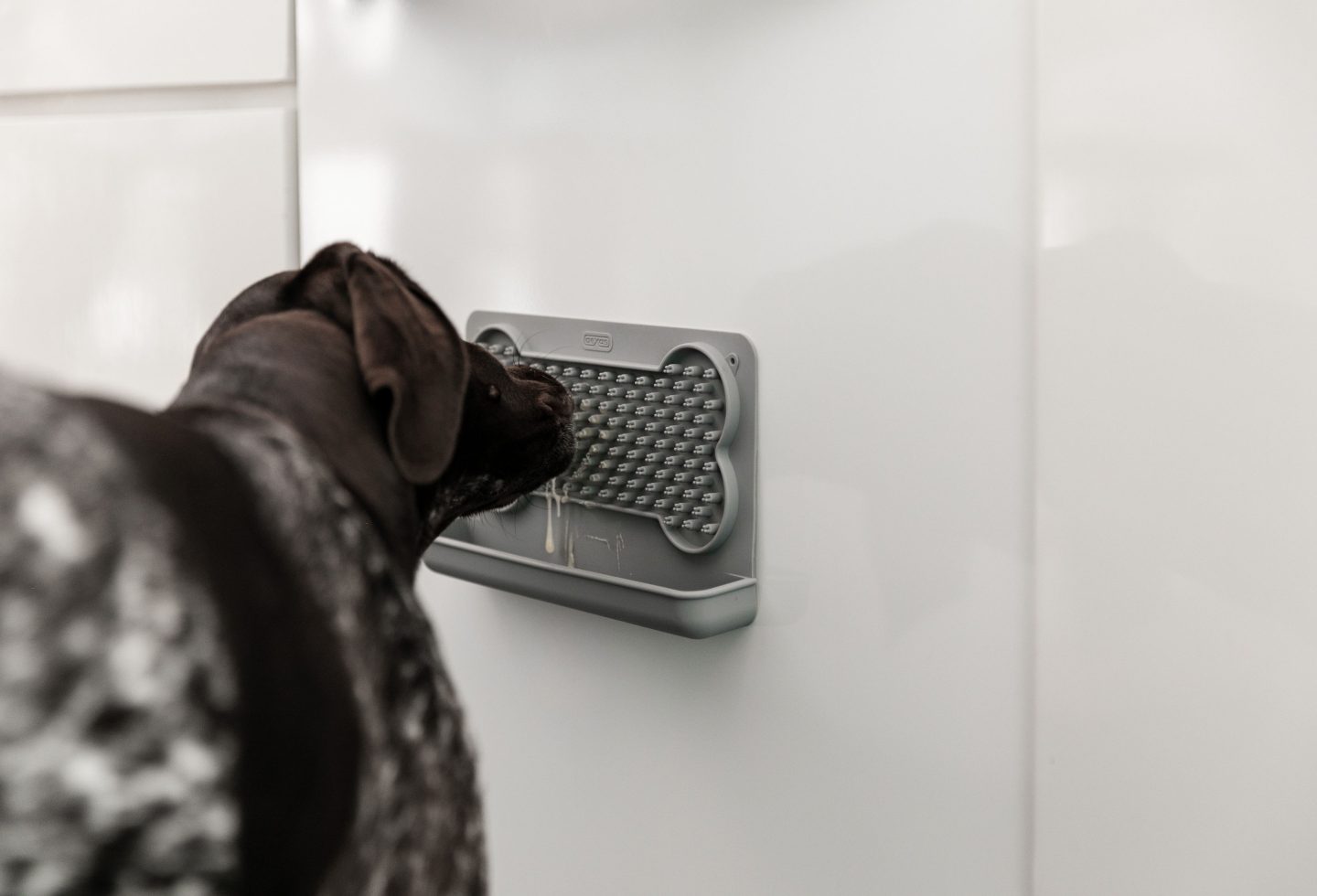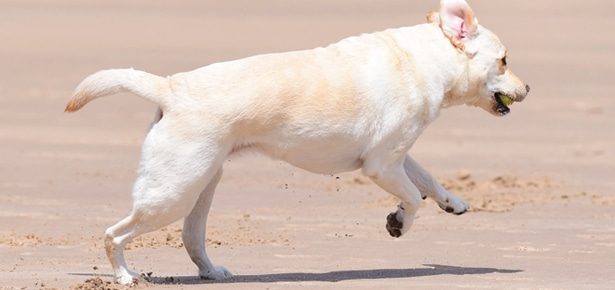Do dogs dream? This is what scientific study has told us about dogs and dreaming
“What’s wrong with Ranger?” My granddaughter, Centainne, was pointing at my 11-year-old Nova Scotia Duck Tolling Retriever who was lying on his side on the floor. His legs were jerking back and forth as though he was making attempts to run or jump, and he was making squeaky barking sounds which almost sounded like he was in some sort of distress. All of this was occurring while his eyes were closed. He was obviously sleeping.
“Don’t worry,” I assured her, “he is just dreaming.” I then went on to explain to her that there were lots of videos of dogs twitching or even engaging in much more active behaviours when they were asleep and that we could find examples of it on the computer by going to YouTube and simply typing in the search words “dog dreaming.”

Do Dogs Dream? Research Psychologists Might Disagree
Although this seemed to satisfy my granddaughter it dawned upon me that if I had made a similar statement about a dog dreaming, even as late as the 1960s psychological researchers would have disagreed. They would have informed me that I was being softheaded and was anthropomorphizing, since the only species for which we had proof of dreaming was humans. Great authorities, such as Sigmund Freud, felt that the formation of dreams required a level of consciousness and a mental capacity which was much higher than that available to animals like dogs.
But in the middle of the 20th century, new data was appearing in the scientific literature. It described research by highly reputable investigators, such as William Dement at Stanford University, which was opening the minds of psychologists to the possibility that dogs do, in fact, dream.
Scientists were being reminded that since, at the structural level, the brains of dogs are similar to those of humans, their basic neurochemical activities will also be the same. That would include the same brain activities which cause us to dream.
Measuring the Neural Activity of Dogs
Furthermore, newer techniques, such as the EEG, had already been developed to measure the electrical activity in functioning brains. Data from measurement of the neural activity in dogs revealed that during sleep dogs’ brain wave patterns follow much the same time course and go through the same stages that we find in humans. During one of those stages, if we awaken people, they normally report that they were dreaming. Since dogs also go through that same stage of sleep, this would be consistent with the idea of that dogs might dream.
Proof from the Sleeping Brain
From the vantage point of what we know today, the truth of the matter seems to be that if dogs didn’t dream it would be a much greater surprise. This is because more recent evidence suggests that animals that are simpler and less intelligent than dogs seem to dream. Matthew Wilson and Kenway Louie of the Massachusetts Institute of Technology offered compelling evidence that the brains of sleeping rats are functioning in a way that irresistibly suggests dreaming.
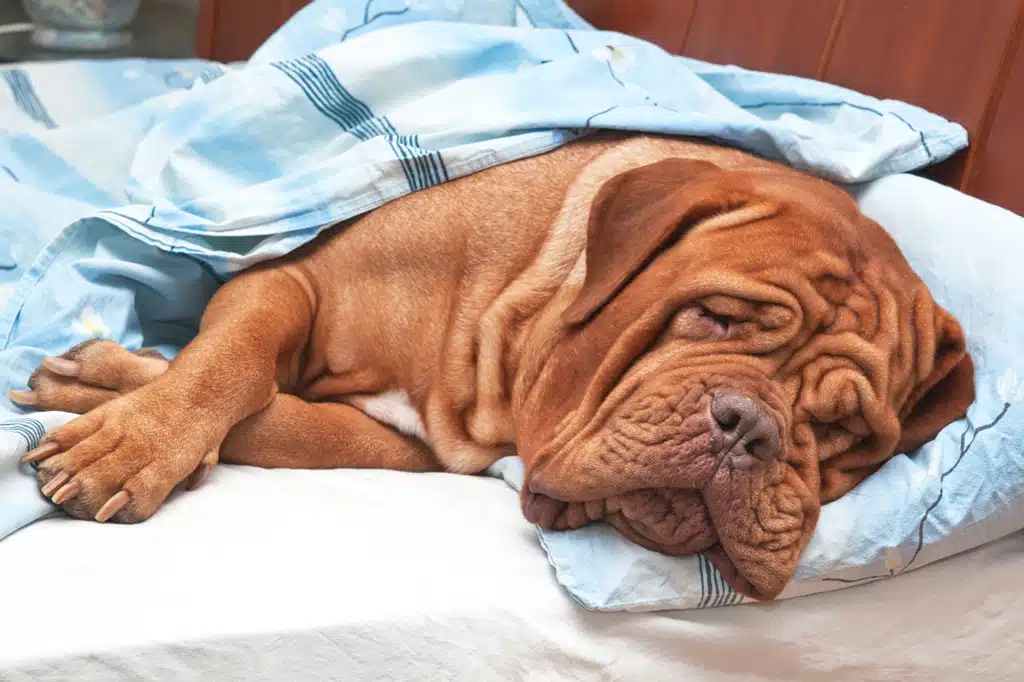
A Fascinating Study With Rats
We should start with the fact that much of the dreaming that you do at night is associated with the activities that you engaged in during the day. The same seems to be the case in rats. For example, we might guess that lab rats would dream about the complex maze that they were learning to complete earlier that day. Researchers put this to the test. First, electrical recordings were taken from an awake rat’s hippocampus (an area of the brain associated with memory formation and storage). The recordings showed that some of these electrical patterns were quite specific, clearly indicating when a rat was making his way through the maze.
Now here is where it gets exciting: later, when the rats were asleep and their brain waves indicated that they had entered the stage where humans normally dream, patterns of brain waves appeared that were the same as those observed when the rats had been running in the maze earlier in the day. In fact, the patterns were so clear and specific that the researchers were able to tell where in the maze the rat would be if it were awake, and whether it would be moving or standing still. Wilson cautiously described the results, saying, “The animal is certainly recalling memories of those events as they occurred during the awake state, and it is doing so during sleep, and that’s just what people do when they dream.”
At the very least, since a dog’s brain is more complex and shows the same electrical responses, such data suggests that it is reasonable to assume that dogs are dreaming, as well.
Can You Tell When Your Dog Is Dreaming?
It is quite easy to determine when your dog is dreaming without resorting to electrical recordings or brain scans. All that you must do is to watch them from the time they start to doze off. As the dog’s sleep becomes deeper, their breathing will become more regular. After a period of about 20 minutes, for an average-sized dog, the first dream should start. You will recognize the change because their breathing will become shallow and irregular. There may be odd muscle twitches, and you can even see the dog’s eyes moving behind closed eyelids if you look closely enough. These eye movements are the most critical marker indicating that the dog is now in a dream state. The eyes are moving because the dog is actually looking at the dream images as if they were real images of the world.
This stage of sleep is technically called “Rapid Eye Movement sleep” or REM sleep. Nowadays, scientists use REM sleep as the definitive marker for dreaming in people, since when you wake a human during REM sleep, they virtually always report that they were dreaming.

Small Dogs Dream More Frequently Than Big Dogs
Different types of dogs have different patterns of dreaming. It is an odd fact that small dogs dream more frequently than big dogs. A small dog, such as a toy Poodle, may dream for about a minute once every ten minutes, while a dog as large as a St. Bernard may spend 45 minutes between each dream, but each dream will be longer than we saw in the small dog, perhaps four or five minutes in length.
What Do Dogs Dream About?
My granddaughter looked at my old dog twitching in his sleep. She needed more explanation. She asked, “Well if Ranger is dreaming, what is he dreaming about?”
At first blush this seems like a question which really can’t be answered, since we can’t do what we do when investigating the dreams of people, which is to awaken the individual and ask him what he was dreaming about. However, there is a technique that can shed light on the specific content of dog dreams. In an older part of the brain called the pons (which is located in the brainstem), there are two special centres. You can think of these as “off switches” for the major muscles controlling your movements. These centres come into play while you are dreaming. If they weren’t present, you would actually act out your dreams. Young human infants (and puppies) have not fully developed these “off” centres which is why we are more likely to see movements and twitching when they are dreaming. As some people age, these brain centers become less able to prevent us from physically performing the actions we are experiencing in our dreams. So, an elderly person with this problem might actually jump up, start to walk or engage in bizarre and sometimes dangerous activities when they dream.
In order to learn what dogs were dreaming about, scientists inactivated the parts of the brain that suppress the acting out of dreams in dogs. Essentially, they turned off the “off” switches. When they did, they observed that the dogs began to move around, even though electrical recordings of their brains indicated that the dogs were still fast asleep—the dogs were acting out the motions they were performing in their dreams. This gives us a glimpse into their sleeping minds. It turns out that dogs dream about doggy things, much like humans they may be dreaming about events which happened recently in their lives. Thus, researchers found that a dreaming pointer may immediately start searching for game and may even go on point, a sleeping Springer Spaniel may flush an imaginary bird in his dreams, while a dreaming Doberman Pinscher may pick a fight with a dream burglar.
While this technique gives us information about the basic content of what dogs may dream, it can’t tell us if dogs are having rich fantasies, such as some humans have in their dreams. Thus, we can’t really test the truth of the old proverb “If dog’s dreams came true bones would rain from the sky.” We but can clearly say that dog do dream.
